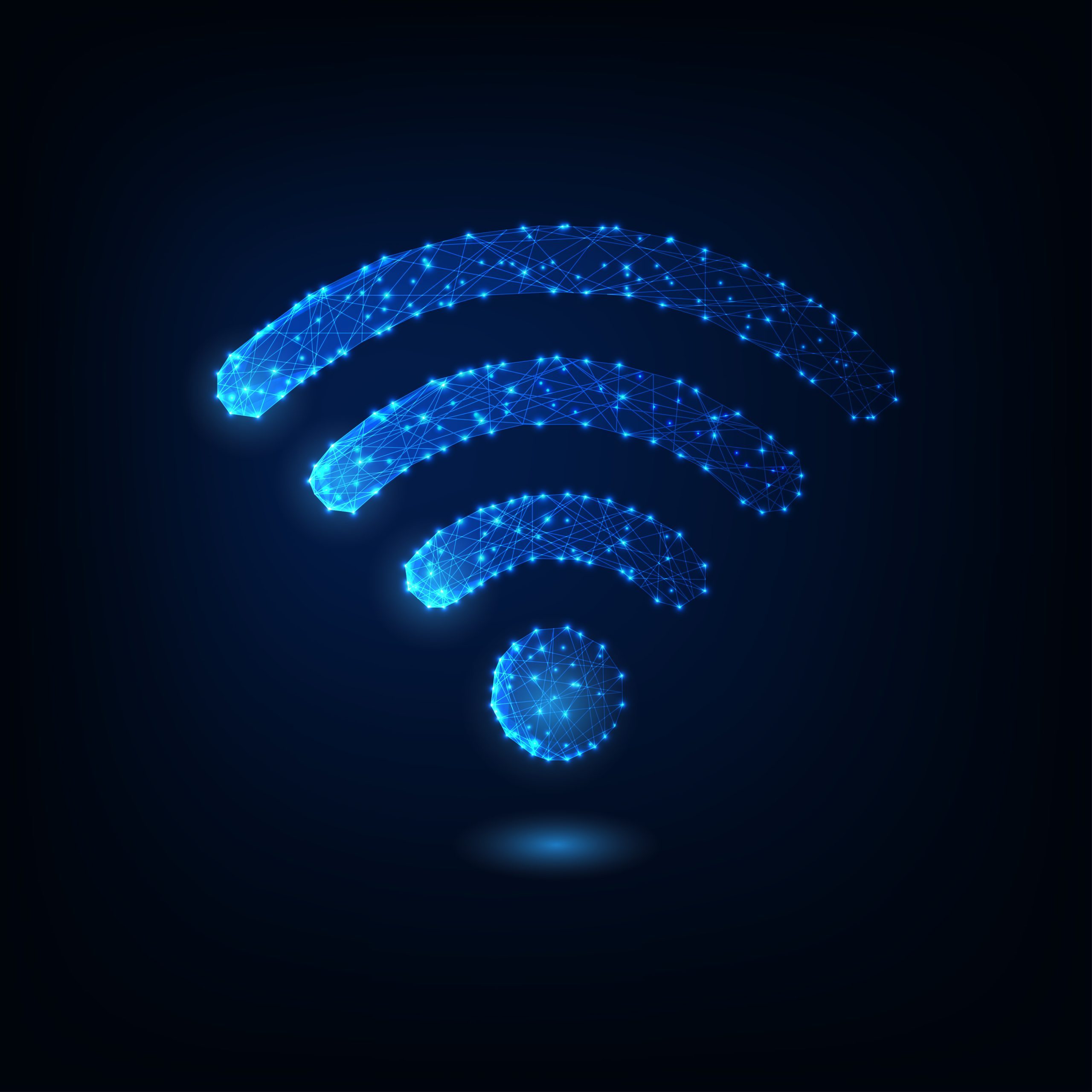When connecting devices within a network or across the vastness of the Internet, each device must have an identifier called an IP address. Similar to how your neighborhood has its address, your network hardware also has its IP address.
Each electronic device to which it is connected. A public or private network is assigned a number called an Internet Protocol (IP) address. This IP address acts as a “name” for your device, allowing it to be recognized between devices. Since every device that connects to the Internet requires its IP address, countless numbers of these addresses are assigned to different devices.
Public IP address
An Internet Protocol (IP) address is a number assigned to each device on a network, whether it is a private network. When you connect to the Internet your device is assigned an IP address that identifies it.
Each user has their own public IP address, which allows them to communicate with other devices around the world. Private IP addresses are specific to devices within the network. They are not shared, while public IP addresses can be shared. For example, if both your laptop and your phone are connected to the WiFi network, they will have the public IP address.
As an example, consider the public IP address 39.32.141.161.
Private IP address
Your device or devices are connected to devices around the world via the Internet, as well as to other devices within your local network. To distinguish between devices, within the network each device is assigned a unique private IP address.
Outside your network you cannot access IP addresses. These addresses can be accessed from any network. They are not specifically assigned to any service.
The private Internet Protocol address is 192.168.1.2.
IP addresses can be static or dynamic depending on whether they are used by a private network.
Static IP addresses
Static IP addresses are those that you configure manually and will not change. When a device is assigned an IP address, it remains the same. It is not reassigned or reused for any other device. Then, once associated with a device, be it a private IP address, it remains permanently linked to that device.
Dynamic IP address
The Dynamic Host Configuration Protocol (DHCP) handles IP addresses that are assigned dynamically rather than manually. IP addresses for PCs and other network devices are often issued by a DHCP server on your router. Both public and private IP addresses are subject to change over time.
IP address versions
Both IPv4 and IPv6 are used worldwide. They are not mutually exclusive. Despite the existence of IPv6, which is the version of IP addresses, IPv4 is still in use and has not gained widespread adoption.
IP version 4 (IPv4)
The IPv4 protocol, which is the version of IP addresses still widely used to identify computers and other devices connected to the Internet, is still widely in use. When people talk about an “IP address”, they usually mean your IPv4 address or public IP address.
IPv4 has the capacity to host 4 billion IP addresses. An IPv4 address is composed of 32 bits represented by numbers separated by dots.
For example, a sample IPv4 address would be 39.32.141.161.
IP version 6 (IPv6)
IPv6, the IP address version is designed to replace IPv4 when it exhausts its supply of IP addresses. This exhaustion is expected to occur in the next few years due to the limited capacity of IPv4, which can only accommodate a little more than 4 billion IP addresses. In contrast, IPv6 has a capacity of more than one trillion IP addresses, which is more than enough to support all devices.
In terms of structure, IPv6 addresses consist of 128 bits. They are composed of characters separated by a colon. The creation of IPv6 serves as a solution to overcome the depletion of IPv4 supply as the number of Internet users and connected devices continues to grow.
Consider an example IPv6 address; 2001;0db8;85a3;0000;0000;8a2e;0370;7334.
